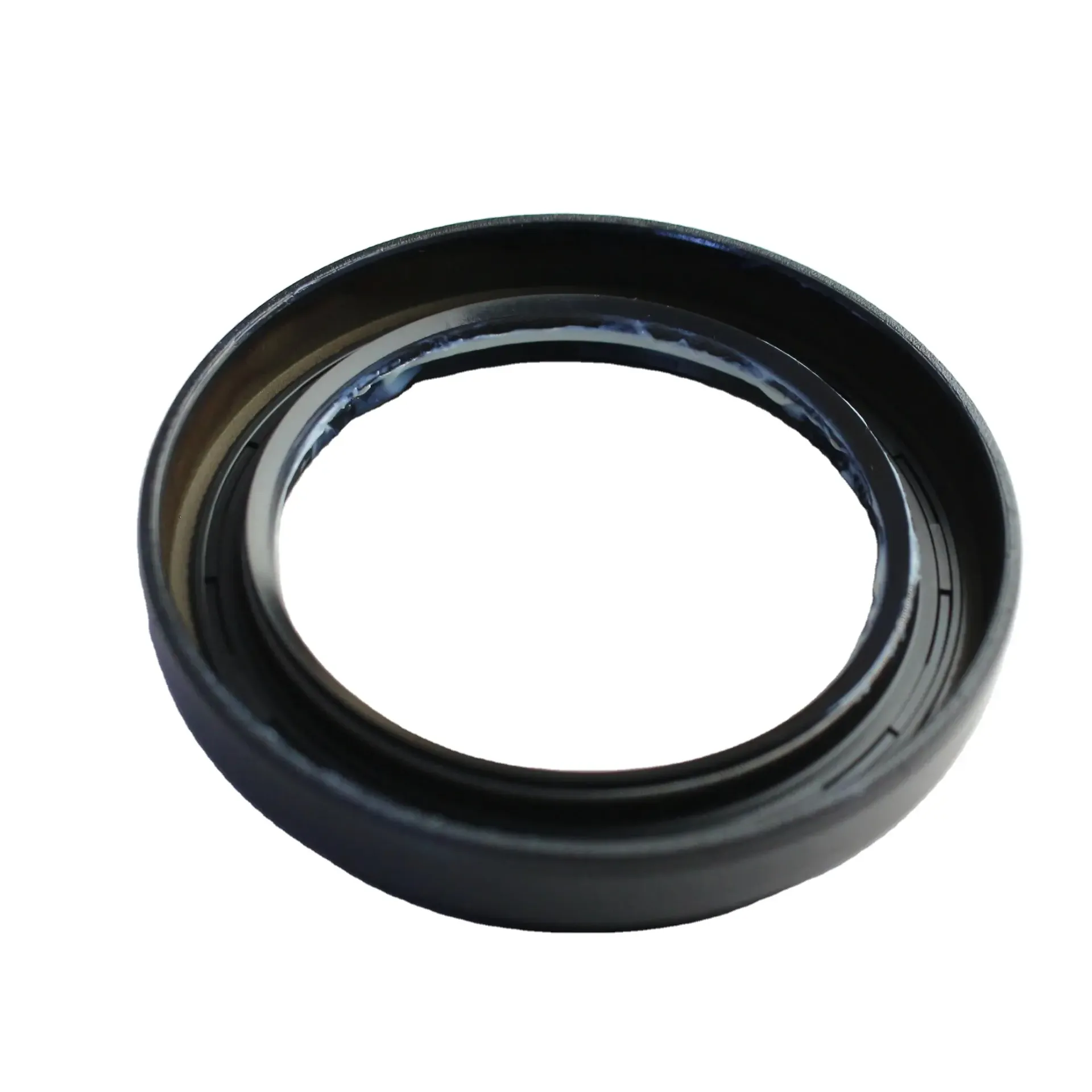300tdi rear main seal
Understanding the 300 TDI Rear Main Seal Importance, Issues, and Replacement
The 300 TDI (Turbo Diesel Injection) engine, known for its reliability and robustness, is a favorite among off-road enthusiasts and Land Rover aficionados. While this engine is celebrated for its performance, it is not without its issues, one of which is the rear main seal. This component plays a critical role in engine function, and understanding it can help you maintain your engine’s health and extend its lifespan.
What is the Rear Main Seal?
The rear main seal is a crucial gasket located between the engine block and the rear crankshaft. Its primary function is to prevent engine oil from leaking out of the rear end of the engine, where the crankshaft exits to connect with the transmission. In engines like the 300 TDI, which operates under high torque and pressure, the rear main seal endures significant stress and can become a common source of oil leaks.
Symptoms of a Failing Rear Main Seal
A failing rear main seal may lead to various symptoms that can impact your vehicle’s performance. One of the most noticeable signs is oil leakage. If you observe oil pooling under your vehicle, particularly towards the rear, it may indicate a compromised rear main seal. Additionally, you might notice oil on the underside of the bell housing, or even burning oil smells due to oil leaking onto the exhaust components.
Another indication of a failing seal is increased oil consumption. If you find yourself needing to top off the engine oil more frequently than usual, it may be time to check the rear main seal. Furthermore, although less common, some drivers report a drop in engine performance, which could be linked to oil starvation resulting from a significant leak.
Causes of Rear Main Seal Failure
300tdi rear main seal

Several factors can contribute to the failure of the rear main seal. One common issue is wear and tear over time. Like many automotive components, seals can degrade due to heat, pressure, and exposure to various fluids. The 300 TDI generates a substantial amount of heat during operation, which can accelerate the breakdown of the seal.
Another potential cause is improper installation of the seal during previous repairs or engine rebuilds. If the seal is not aligned correctly, or if debris is trapped during installation, it can cause premature failure. Additionally, using the wrong type of oil or additives can also lead to seal degradation.
Replacing the Rear Main Seal
If you determine that your 300 TDI's rear main seal needs replacement, it's recommended that you consult a professional mechanic, especially if you are not experienced with engine work. Replacing the rear main seal is labor-intensive, often requiring the removal of the transmission to access the seal properly.
When replacing the seal, ensure that you use a high-quality replacement part specifically designed for the 300 TDI. Using OEM (Original Equipment Manufacturer) parts can help restore integrity and prevent future leaks. Additionally, it’s wise to inspect other components such as the crankshaft for wear and the oil pan gasket during this repair, as addressing multiple issues at once can save you time and money in the long run.
Conclusion
The rear main seal on a 300 TDI is a small yet essential component that plays a vital role in engine health. Regular maintenance and timely replacement can prevent oil leaks and the associated problems they cause. By being vigilant for potential signs of wear and understanding the implications of a failing seal, you can keep your 300 TDI performing at its best for years to come.
-
The Ultimate Guide to Car Repair Kits: Tools and Essentials Every Driver Should Own
News Aug.01,2025
-
The Complete Guide to Oil Pan Gaskets: Sealing Engine Leaks the Right Way
News Aug.01,2025
-
Preventing Oil Leaks: A Complete Guide to Oil Pan Gaskets and Drain Seals
News Aug.01,2025
-
Everything You Need to Know About Oil Pan Gaskets and Drain Plug Seals
News Aug.01,2025
-
Essential for Car Owners: How to Use a Car Repair Kit to Deal with Minor Breakdown
News Aug.01,2025
-
Comprehensive Guide to Engine Oil Sump Gaskets and Related Seals
News Aug.01,2025
-
The Ultimate Guide to Boat Propeller Bearings and Trailer Wheel Bearings
News Jul.31,2025
Products categories















